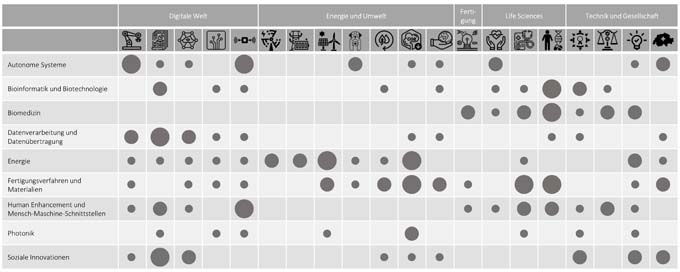New standard work on the implementation of sustainable transformation processes
What used to be "nice to have" is now an indispensable part of entrepreneurial activity: a sustainable, circular and responsible corporate strategy. Current climate protection strategies such as the European Green Deal, the social debate on global warming, and changing market demand as a result of growing consumer awareness have once again fueled this trend and are creating pressure for action at management levels. The problem: Many companies [...]
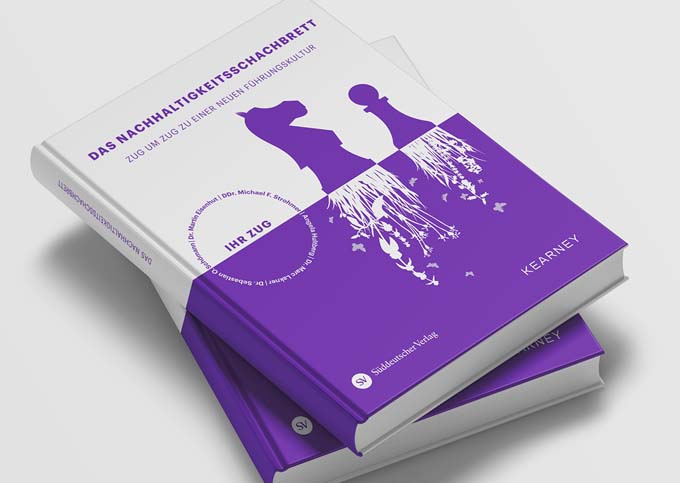
Universal approach for companies of any size
With the new book "Das Nachhaltigkeitsschachbrett - Zug um Zug zu einer neuen Führungskultur" (Süddeutscher Verlag) by authors Dr. Martin Eisenhut, DDr. Michael F. Strohmer, Angela Hultberg, Dr. Marc Lakner and Dr. Sebastian O. Schömann, the global management consultancy Kearney has created what it says is a new standard work to fill this gap. "In the future, sustainability will be as important to companies as financial performance," says one of the authors, Dr. Martin Eisenhut, Partner and Managing Director Germany, Austria and Switzerland. The Sustainability Chessboard is a universal, practical approach that is intuitive and easy to use and guides companies through the transformation process, regardless of size or industry. For beginners, it provides orientation on what is achievable and where to start. Advanced users will find suggestions on how to deepen and broaden their efforts, and pioneers can use it to take the next big step and conquer uncharted territory.4 strategies, 16 approaches and 64 levers for more sustainability
The checkerboard model is based on two dimensions: It combines the degree of sustainability ambition with the organizational maturity level of the company. The field is divided into four strategies: "Ensuring sustainability compliance," "Using sustainability data," "Creating value through sustainability" and "Innovation leadership in sustainability. These four strategies can be divided into 16 approaches and - based on the squares of a chessboard - into 64 levers that help companies locate themselves. In this way, companies can make their organization, technology and corporate culture fit for the future in a very practical way. "Chess players need to be able to plan ahead, assess strategic options, and pursue their goal unwaveringly despite obstacles and opposing attacks," Eisenhut says. They need to know exactly what tools are available to them and how to best use them. "The Sustainability Chessboard helps companies align their capabilities and goals with the needs of the market, investors, talent and regulators, and create value from that." The book is available here: www.de.kearney.com/nachhaltigkeitsschachbrettThis article originally appeared on m-q.ch - https://www.m-q.ch/de/neues-standardwerk-zur-umsetzung-nachhaltiger-transformationsprozesse/









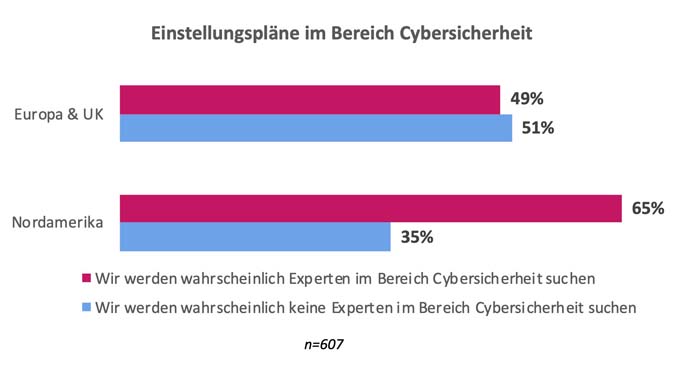
 The communicative and promotional visibility of donation organizations in the Swiss market is the focus of the study. The INKA of the Swiss NPO market examines all controllable areas of communication. For this purpose, the advertising presence (Paid Media), the search engine presence (Paid and Owned Media) as well as the media presence (Earned Media) are examined in quantitative and qualitative terms and contextualized with the help of market data.
The communicative and promotional visibility of donation organizations in the Swiss market is the focus of the study. The INKA of the Swiss NPO market examines all controllable areas of communication. For this purpose, the advertising presence (Paid Media), the search engine presence (Paid and Owned Media) as well as the media presence (Earned Media) are examined in quantitative and qualitative terms and contextualized with the help of market data.
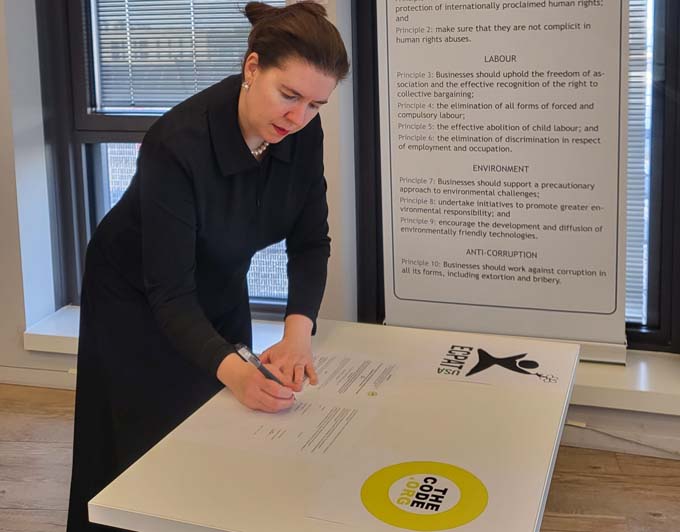
 A large proportion of purchasing decisions in Switzerland are made by women between the ages of 25 and 40. Reaching them via classic marketing channels is becoming increasingly difficult, according to a Migros study from 2019. It is striking that a high percentage of this target group plays mobile casual games every day. Be it to relax briefly or to immerse themselves in an imaginative story, as various studies show.
A large proportion of purchasing decisions in Switzerland are made by women between the ages of 25 and 40. Reaching them via classic marketing channels is becoming increasingly difficult, according to a Migros study from 2019. It is striking that a high percentage of this target group plays mobile casual games every day. Be it to relax briefly or to immerse themselves in an imaginative story, as various studies show.

 The storyline focuses on an eventful story, integrates the brand messages and values as well as the Migros product range. In terms of content, the protagonist Mia travels with her friends through the ages of a remote Swiss mountain valley. On the journey from the Stone Age to the future, there is always something new to discover.
In order to give the target group an understanding of Migros' product range expertise, Migros products were included in the game and made tangible through a Merge3 mechanism. By cleverly combining objects, products are created that can be used to solve game tasks. This mechanic makes it possible to regularly bring new assortments into the game. To strengthen the branding, the most important brand elements of Migros were integrated into the game: from the colors to the defining Migros-M, which can be found in many game assets. In addition, well-known products were integrated, such as the cult iced tea or the ice creams.
The storyline focuses on an eventful story, integrates the brand messages and values as well as the Migros product range. In terms of content, the protagonist Mia travels with her friends through the ages of a remote Swiss mountain valley. On the journey from the Stone Age to the future, there is always something new to discover.
In order to give the target group an understanding of Migros' product range expertise, Migros products were included in the game and made tangible through a Merge3 mechanism. By cleverly combining objects, products are created that can be used to solve game tasks. This mechanic makes it possible to regularly bring new assortments into the game. To strengthen the branding, the most important brand elements of Migros were integrated into the game: from the colors to the defining Migros-M, which can be found in many game assets. In addition, well-known products were integrated, such as the cult iced tea or the ice creams.

 , a digital service for all DNV customers to compare audit data. "DNV's training courses in Germany also incorporate Lumina's audit result analyses by identifying problem areas during implementation and then prioritizing them in the training itself. In this way, we enable training participants to achieve the best possible learning success," says Vallbracht.
Source:
, a digital service for all DNV customers to compare audit data. "DNV's training courses in Germany also incorporate Lumina's audit result analyses by identifying problem areas during implementation and then prioritizing them in the training itself. In this way, we enable training participants to achieve the best possible learning success," says Vallbracht.
Source:  Change
How companies achieve outstanding results in volatile times.
Change
How companies achieve outstanding results in volatile times.
 Unlearning Hierarchy
Expedition into self-organization.
Unlearning Hierarchy
Expedition into self-organization.
 Personality makes a career
This sets the course for your own career path.
Personality makes a career
This sets the course for your own career path.
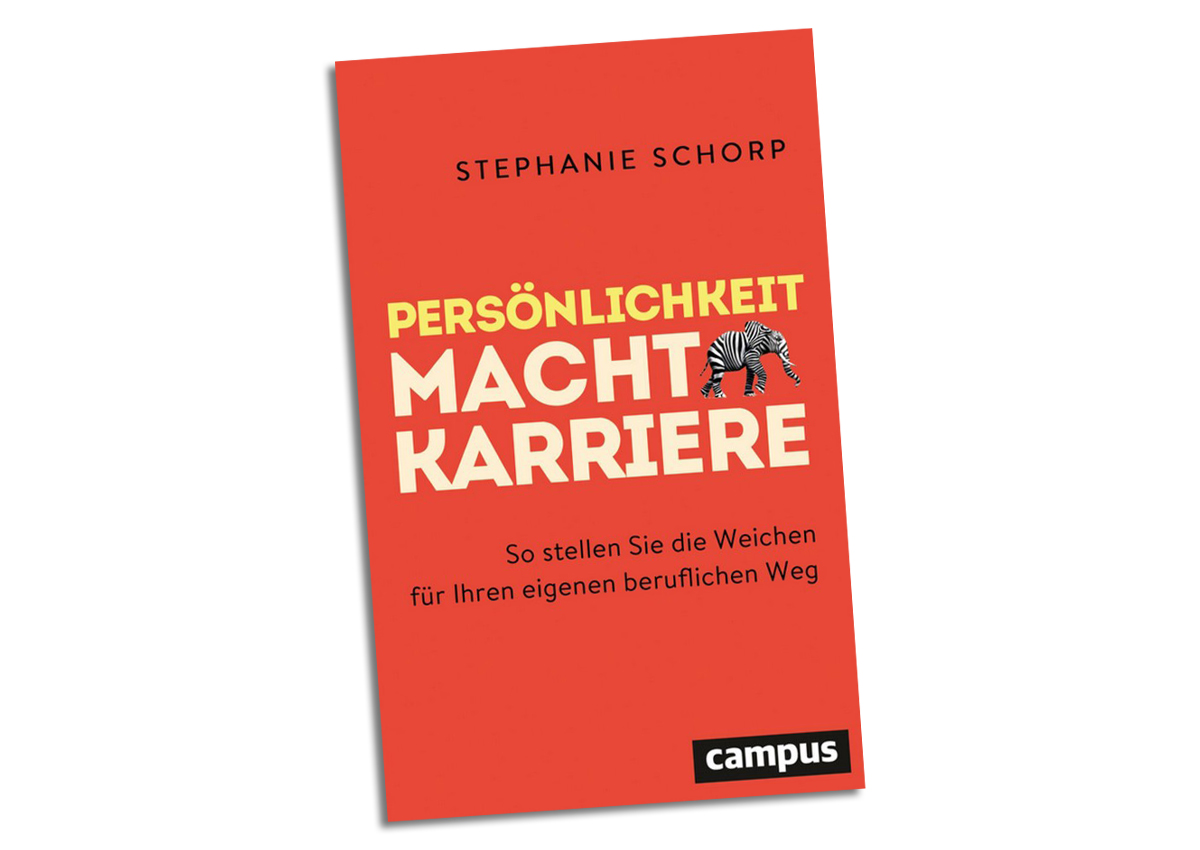 The featherweight principle
The secret of the relaxed career.
The featherweight principle
The secret of the relaxed career.

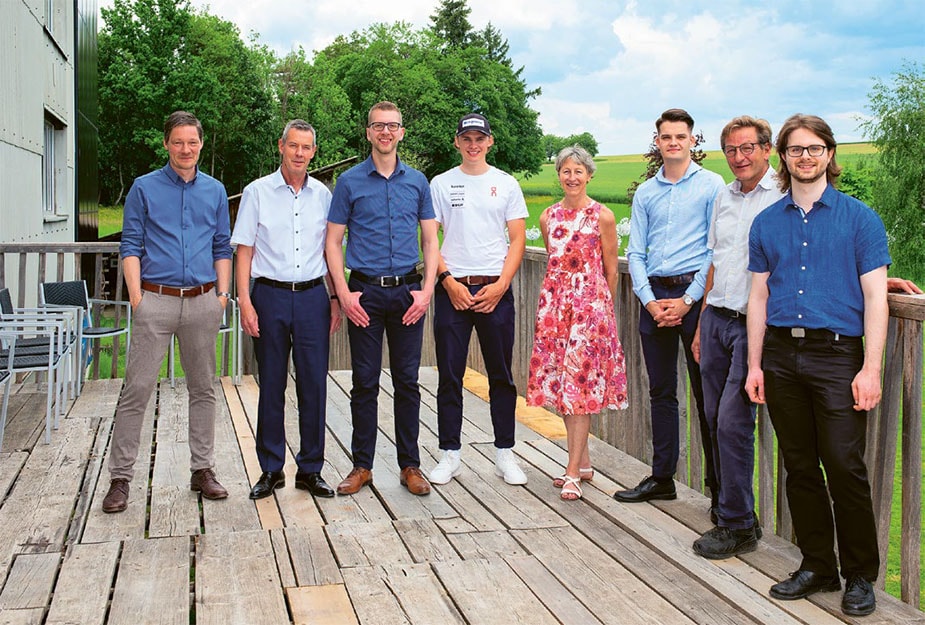

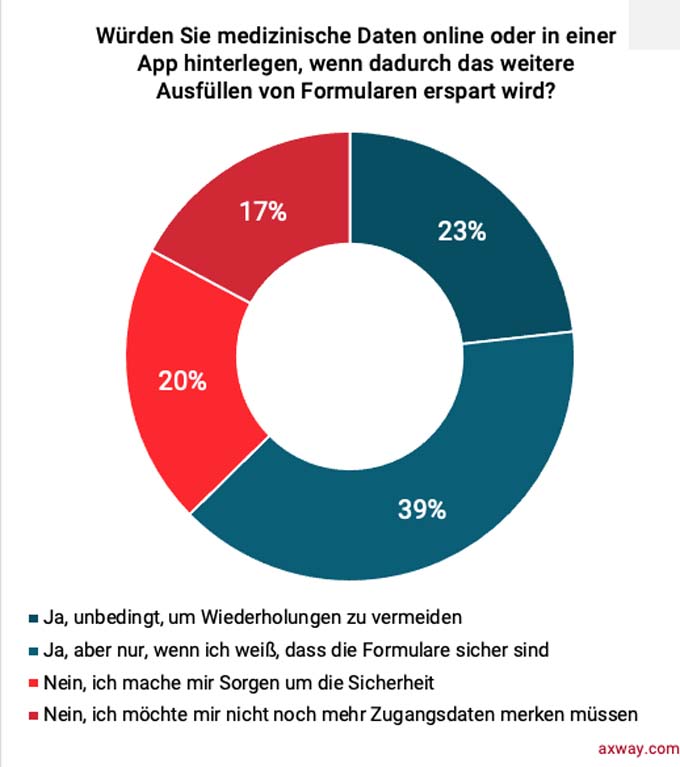
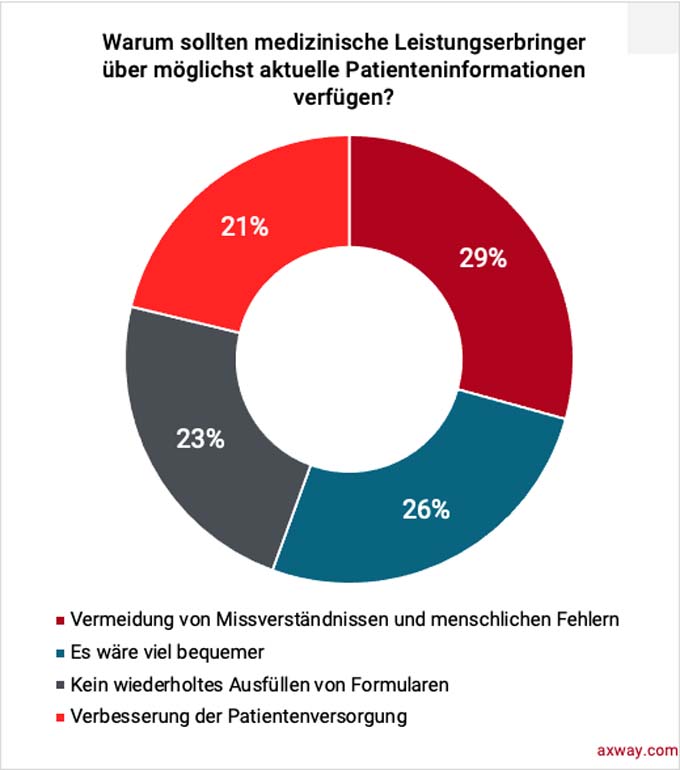
 Despite successful business, Meta Hiltebrand has decided to break new ground. The chef is leaving her own restaurant "Le Chef" behind and opening a new cooking studio in Aussersihler Viadukt.
The former youngest female chef in Switzerland offers all her passion and expertise in her cooking studio. At the center is a passion for cooking and the courage to try out new things.
Despite successful business, Meta Hiltebrand has decided to break new ground. The chef is leaving her own restaurant "Le Chef" behind and opening a new cooking studio in Aussersihler Viadukt.
The former youngest female chef in Switzerland offers all her passion and expertise in her cooking studio. At the center is a passion for cooking and the courage to try out new things.




